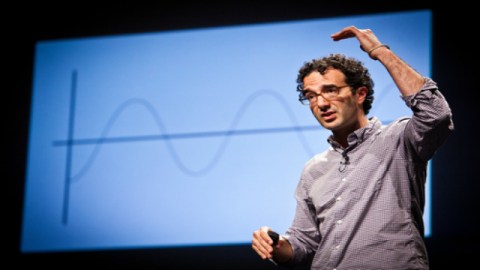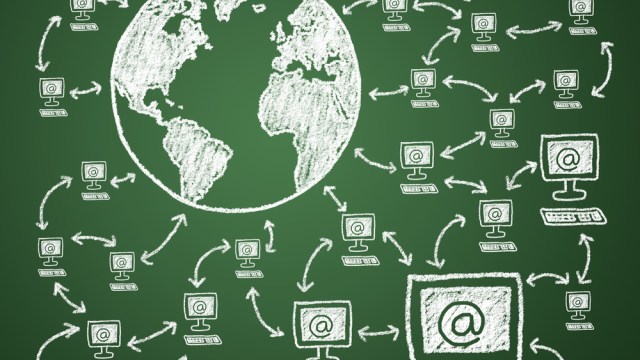Radiolab: The Art and Science of Digital Shamanism

I marvel at Radiolab when I hear it. I feel jealous. Its co-creators Jad Abumrad and Robert Krulwich have digested all the storytelling and production tricks of everyone in public radio before them, invented some slick moves of their own, and ended up creating the rarest thing you can create in any medium: a new aesthetic.
– Ira Glass, Creator and Host of This American Life
Science is fun. It’s a grownup extension of the playful curiosity about the world we’re all born with. So why do so many teachers, authors, and media producers excel at making it deadly boring?
Still, every now and again the world produces that rare individual who not only understands the complexities of cutting edge science and technology, but possesses the storytelling power to share the passion with the rest of us.
What’s the Big Idea?
Interestingly, and not coincidentally, many of science’s “great communicators” are interdisciplinary thinkers – as fascinated by the arts, literature, and/or philosophy as they are by “hard” scientific fact. Einstein was a fine amateur pianist and violinist. Carl Sagan inhabited a kind of binary between rational skepticism and wild imaginings about extraterrestrials.
Jad Abumrad, MacArthur Genius Grant recipient and co-creator of WNYC’s Radiolab, started out as a musician and composer. Indeed, his groundbreaking show is an unprecedented and wholly cohesive hybrid of multilayered soundscapes and traditional storytelling on a theme that shouldn’t seem unlikely, but does – the wonders of math and science (mostly). A random sampling of recent episodes includes Colors, Guts, Crossroads, and The Turing Problem.
Watch Radiolab’s Jad Abumrad on ancient storytelling with high-tech gadgetry
|
|
What’s the Significance?
To compose each episode, Abumrad and his partner Robert Krulwich use high-tech midi-triggers and software that enable them to manipulate sound in incredible ways – extending and attenuating, for example, a single syllable of human speech until it becomes a weird, rich soundscape.
Abumrad loves collecting sounds and playing with high-tech gadgetry, but he deploys his geekery in service of a higher calling – creating in Radiolab a hybrid medium that is a natural evolution of the ancient art of storytelling.
Jad Abumrad: Storytelling, not so much the reporting and the journalism, but the actual act of telling a story is a very musical thing, and suddenly I was able to put it all into one task, which was awesome, because I’d always held them to be very separate, you know, like, I can try and write something or I can try and make music. They didn’t seem to have anything to do with each other. But over the course of trying to be a journalist, somewhere along the way I just ended up in this middle ground, which is what I think the show embodies.
This is exactly the kind of interdisciplinary inventiveness that we need to embrace and encourage to realize our human potential as technology becomes increasingly instrumental in our lives. The real question we need to ask ourselves now with respect to new technology is whether we are to become primarily creators or consumers. Will history remember the 21st century human as a soulless, screen-tapping creature hunched over a smartphone, or – as Hamlet put it – a creature express and admirable . . . in action, how like an angel? In apprehension, how like a God?
From life-saving apps to cutting-edge military defense, Big Think and Bing’s Humanizing Technology Expo explores and expands the boundaries of what it means to be human, today and far into the future.
Follow Jason Gots (@jgots) on Twitter
Image Credit: Poptech.org




